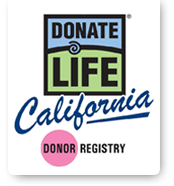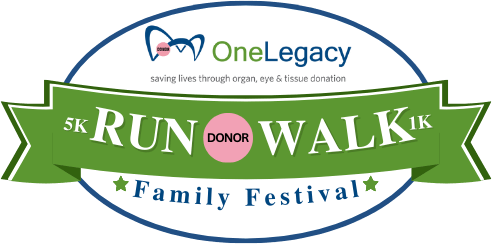Generosity and sharing life make organ transplants possible. Those are the messages to be emphasized when explaining donation and transplantation to children.
Discussing organ donation with younger children may sound intimidating. In fact, many of us are hesitant to talk about serious illnesses and death, particularly with children. However, when explaining donation/transplantation to kids, we recommend highlighting the message of life – and our ability to share it with others after we no longer need our body parts.
Of course, how the topic of organ donation and transplantation is approached will depend on the child’s experience with organ donation, if any. Information should be brief and simple and at a level appropriate for the children’s age, with an opportunity for the child to ask questions.
Below are some questions and answers to help guide conversations about organ donation and transplantation with younger children.

What is an organ?
Much like a machine, our bodies are made up of lots of working parts. For humans, these working parts are called organs. All of our organs work together in our body, but each organ also has a specific job, such as pumping or cleaning our blood or helping us breathe.
What do the organs do?
Lungs – Our two lungs help us to breathe.
Heart – Our heart pumps blood through our bodies.
Kidneys – Our two kidneys help to clean our bodies of waste. They also make urine.
Liver – Our liver helps to break down the food we eat.
Pancreas – Our pancreas helps our bodies to digest food.
Intestine – Our intestine turn food and liquid into fuel for our bodies.
What is an organ transplant?
Sometimes our organs don’t work properly. This can be because of an illness or just something the person was born with. When this happens, doctors will decide if they can replace the organ with a healthy one from someone else.
What are some of the different kinds of organ transplants?
Lungs, heart, kidneys, liver, pancreas and intestine.
Where do the organs come from?
Organs can come from a living person or someone who has died. A living donor is someone who wants to help by giving all or part of a healthy organ. A living donor can donate one kidney or a part of the liver. Sometimes someone who has died can also share their organs. In this case, the person and/or the person’s family generously agrees to donate the organs to help someone else live.
How does the new organ get inside a person?
The person will need to have an operation in the hospital. After the operation, the person might have a scar from where the doctors took out the organ that didn’t work and put in the new one. This will be sore for a while, but it will heal.
What happens after someone receives an organ transplant?
After the transplant, it will take some time to heal and the person may have to stay in the hospital. The person will also have to take medicine every day to keep healthy and may get sick more than you do, or visit their doctor often – but in most cases, once they are feeling better, a person can do everything that you can do.
How can you help someone who has had an organ transplant?
Right after a transplant, the person might be more tired than usual but you can do quiet things together with them like reading, crafts or playing games. If the person is coming back to school after a long absence, he or she might be nervous or need to catch up on school work. You can help the person in class, answer questions, invite the person to eat lunch with you, and be a friend. Also, because someone with an organ transplant can get sick more easily, it is important to wash your hands often and not visit the person when you are sick.

To print these tips for explaining donation to children as a PDF, click here.
More Resources for Explaining Donation to Younger Audiences:
Organ Transplants: What Every Kid Needs to Know – This book is published by United Network for Organ Sharing (UNOS) and is targeted for children who will need a transplant. (Younger children) It is available for download free here.
Mommy Can Play Again – This story of Molly whose mother is waiting for a lung transplant, is published by the Transplant Recipient International Organization (TRIO) and designed for children of transplant candidates and recipients. (Younger children) It is available for download free here.
KidsHealth.org – A website for parents, kids and teens with general information about health, behavior and development. Visit the site at kidshealth.org.
And don’t forget that you can sign yourself and your own kids up for being an organ, eye and tissue donor by registering here.







